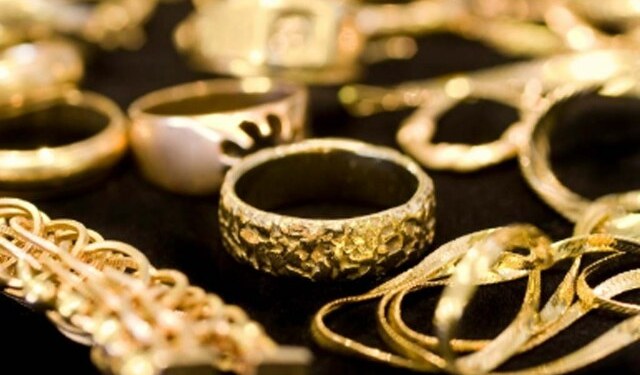 © Reuters. Properties can be seen in the Sydney suburb of Clovelly, Australia
© Reuters. Properties can be seen in the Sydney suburb of Clovelly, AustraliaSYDNEY, April 12(Reuters) – Australia’s central bank said on Friday the build-up of risks from high-household debt and aggressive bank lending practices has somewhat abated of late but cautioned dangers still remain.
In its 67-page semi-annual report, the Reserve Bank of Australia (RBA) said the incidence of household financial stress is not widespread, largely thanks to recent regulatory steps to head off a debt-fueled property bubble.
Regulators had been concerned a blistering run in home prices, particularly in Sydney and Melbourne, could create the expectation of a further jump in home values, enticing more buyers into the market and fuelling further indebtedness.
That could in turn hurt economy-wide spending.
“Concerns about riskier types of new housing borrowing have eased,” the RBA said.
“The high level of household indebtedness increases the risk of a rise in household financial stress amplifying a shock to the economy,” it added.
“Most aggregate indicators of financial stress remain low.”
Australia’s household debt to income ratio has sky rocketed to an all-time high 190 percent, ringing alarm bells and prompting regulators to intervene.
They intensified pressure on the country’s biggest banks to slow lending, forcing them to put home loan rates higher specially for speculative property investors.
That has had the desired effect, the RBA said.
House prices across Australia’s major cities have come off highs with Sydney suffering a run of monthly falls since late last year.
The RBA pointed to the large stock of risky interest-only loans as a potential area of concern.
Much of that stock comes due for conversion to principle-and interest, which carry much higher repayments, between 2018 and 2021. Loans expiring interest-only periods are estimated to average around A$120 billion a year or close to 30 percent of the current outstanding mortgage credit.
Still, the RBA expects most borrowers to be able to meet the higher repayments.
It singled out commercial property as a sector to watch, following reports of settlement failures and delays in some cities including Brisbane which has experienced “pronounced price declines”, largely due to an oversupply of apartments.
The RBA has held interest rates at a record low 1.50 percent for more than a year as it juggles lukewarm inflation, slow wages growth and high household debt.
POOR CULTURE
The RBA said Australia’s banking system was strong, with robust capital and liquidity positions to withstand any shock. Bank asset quality was also robust with many borrowers ahead of their repayments.
Aggregate mortgage prepayments are around 18 percent of outstanding loan balances, or over 2-1/2 years of scheduled repayments at current interest rates, the RBA noted.
Yet it also lashed the banks for weak risk control and poor culture.
Australian banks have suffered a string of scandals over the past couple of years, ranging from poor financial advice to interest rate rigging, and are now the subject of a powerful judicial inquiry into misconduct.
“A central challenge facing banks is to address issues stemming from their culture,” the RBA said.
“Australian banks are well capitalized and available evidence indicates that the risks to banks’ overall resilience from misconduct appear limited.”
“However, international experience has shown that poor culture can have significant adverse effects on banks, including on their financial performance.”
Source: Investing.com


























